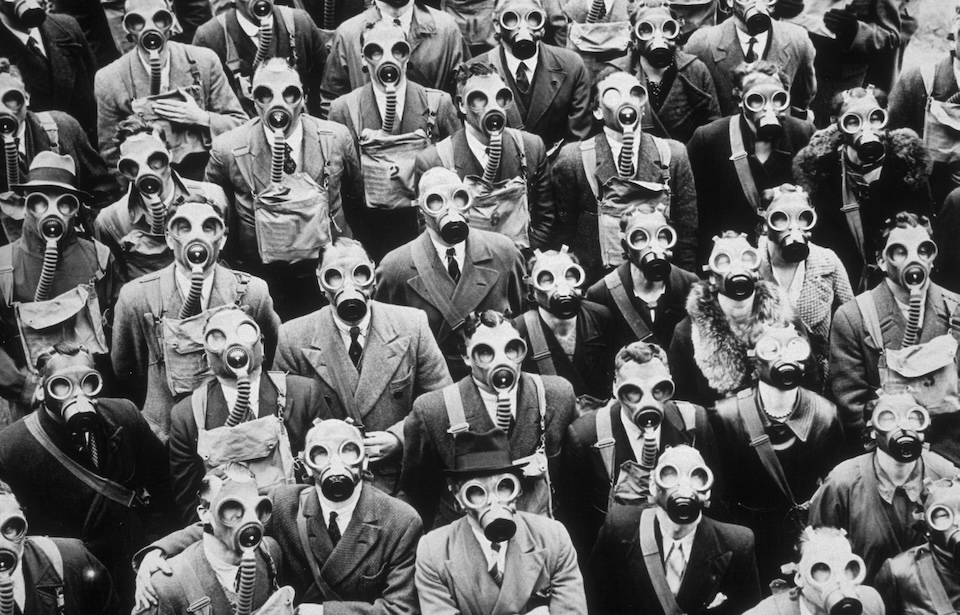World War II is often recounted through heroic tales and pivotal turning points, but the reality was far more harrowing than many textbooks let on. Beneath the celebrated victories and iconic figures lurk darker episodes that reveal the true depths of human cruelty and the moral compromises nations made in pursuit of victory. These lesser-known stories remind us that even in a fight against tyranny, the lines between right and wrong were sometimes blurred—and the costs were staggering.
Here are five disturbing, rarely discussed facts from World War II that challenge the traditional, sanitized narratives taught in many history classes.
Ni’ihau Incident

Airman First Class Shigenori Nishikaichi was a Japanese pilot who participated in the second wave of the attack on Pearl Harbor, taking off from the aircraft carrier Hiryū. Prior to the secretive assault, all pilots were told that, in the event of trouble, they were to fly 30 minutes to the Hawaiian island of Ni’ihau and await pickup by a submarine.
While he’d been tasked with combat air patrols over Pearl Harbor, Nishikaichi never made it to the US naval base. His Mitsubishi A6M “Zero” ran low on fuel and he was forced to crash land on Ni’ihau. He believed, like the rest of the Japanese, that the island was uninhabited. This, however, was not the case.
Ranch hand Hawila “Howard” Kaleohano came upon the scene and, aware of the strained tensions between the United States and Japan, seized the pilot’s pistol and papers, after which he was taken for medical treatment. A translator was brought in to bridge the language barrier between Nishikaichi and Ni’ihau’s inhabitants, with the latter unaware of the attack on Pearl Harbor.
Yoshio Harada and his wife, Irene, were of Japanese descent and spoke to the young pilot. While they were informed of the attack, they chose to keep this information to themselves. It wasn’t until a radio report that night that they learned of what happened and placed Nishikaichi on house arrest.
What followed was chaos and terror as the Japanese pilot tried to escape the island. Harada had stolen back Nishikaichi’s pistol, which was used to shoot Kaleohano. The ranch hand’s house was also set ablaze, and hostages were taken. One of them was shot three times, but miraculously survived and took out the airman first class. Harada wound up taking his own life.
Today known as the Ni’ihau Incident, this little-known event was one of the most unsettling moments of WWII.
One of the shortest soldiers captured one of the tallest
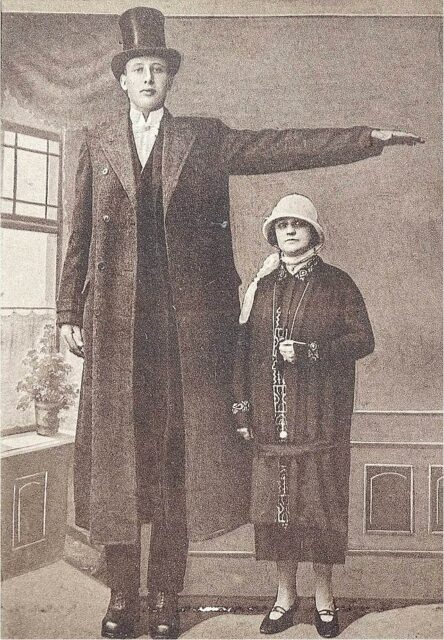
Before Germany’s invasion of Poland in September 1939, Jakob Nacken had already gained fame as a circus attraction. Standing an astonishing seven feet, three inches tall, the “Giant of the Rhineland” performed across the globe before being drafted as the tallest soldier to serve in the German Wehrmacht during World War II.
At the other extreme stood Canadian Corporal Eldon “Bob” Roberts, who measured just five feet, three inches tall, placing him among the shortest combatants of the war.
Their unlikely meeting occurred on September 26, 1944, several months after Roberts had come ashore during the D-Day landings. While stationed in Calais, Roberts and his comrades captured a German artillery crew—among the 250 prisoners of war was the towering Jakob Nacken himself. A photograph of their meeting, with the colossal German and the diminutive Canadian, became an enduring—and unexpectedly lighthearted—symbol of the war’s odd encounters.
Pilots had astonishing mortality rates
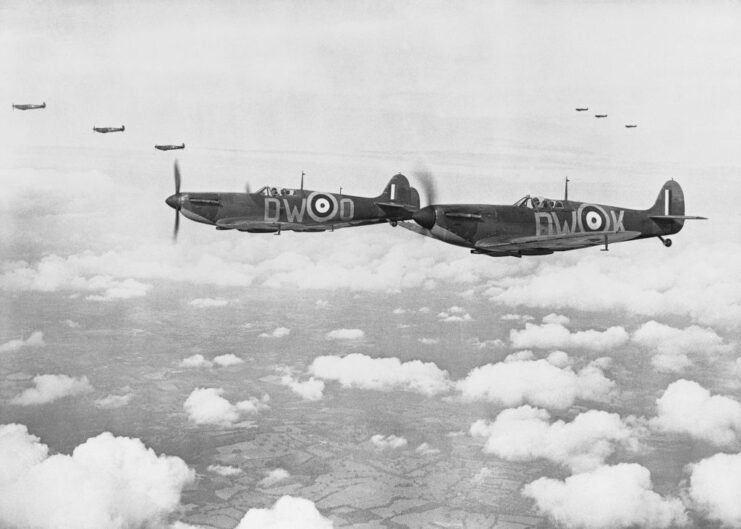
This fact might be the most well-known and expected on our list of unsettling truths, but it still deserves a spot.
While airplanes were used in combat during World War I, their role became much bigger two decades later. Being a pilot during this time was incredibly dangerous. Aviators had to face their fears head-on, engage enemy forces, and had no guarantee they would return safely.
The numbers show just how deadly aviation was in World War II:
- New Supermarine Spitfire pilots in the Battle of Britain had an average life expectancy of only four weeks.
- Approximately 71 percent of bomber crew members were either killed or went missing in action.
- More than 13,000 American pilots died during training in the U.S. before they even had the chance to face an enemy.
George H.W. Bush narrowly missed certain death
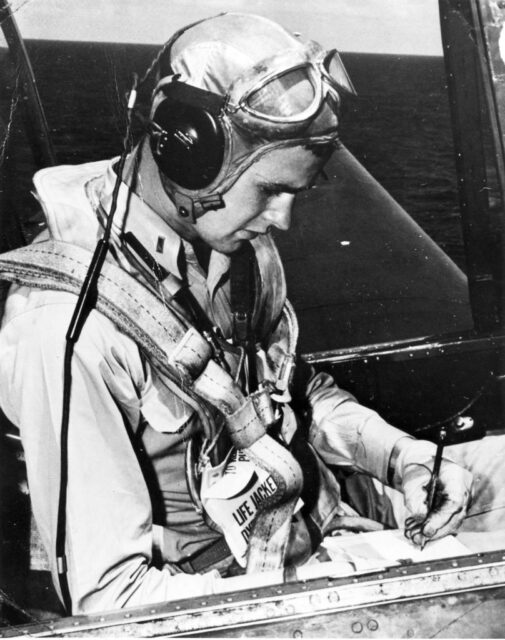
George H.W. Bush’s early life was marked by privilege as the son of Prescott Bush, a banker and politician. However, his sense of duty led him to enlist in the U.S. Navy when he turned 18, becoming one of the youngest pilots in Navy history after earning his commission as an ensign in the Naval Reserve.
Flying a Grumman TBF Avenger, Bush participated in his first combat mission against the Japanese at Wake Island in 1944, while serving aboard the USS San Jacinto (CVL-30) in the Pacific. In August of the same year, his torpedo bomber was shot down during an attack on Chichijima. He narrowly escaped death and was rescued by the USS Finback (SS-230).
Sadly, not all of Bush’s fellow airmen were so fortunate. Some were captured, executed, and subjected to horrific treatment, including cannibalism, at the hands of their captors—an appalling episode in World War II history.
Despite these grim experiences, Bush continued his service in the Pacific, flying missions over the Philippines and preparing for the planned invasion of Japan. However, Japan’s surrender after the atomic bombings of Hiroshima and Nagasaki made the invasion unnecessary.
A 12-year-old enlisted in the US Navy
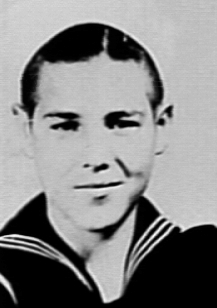
In the wake of the attack on Pearl Harbor, a surge of patriotic fervor swept across America, prompting countless young men to enlist in the armed forces. Among them was Calvin Graham—just 12 years old at the time—who was determined to serve his country, despite being far below the Navy’s minimum age requirement.
Exploiting a loophole that allowed enlistment with a guardian’s consent, Graham forged his mother’s signature and swiped a notary stamp from a local hotel. Without telling his family the truth, he claimed he was visiting relatives and traveled to Houston, Texas. There, even though a Navy dentist noted his young age, Graham managed to convince him to stay silent.
After completing training as an anti-aircraft gunner, Graham was stationed aboard the USS South Dakota (BB-57). He saw action in the Battle of the Santa Cruz Islands and later fought in the brutal Naval Battle of Guadalcanal. Wounded during the fighting, he refused to focus on his injuries, instead helping his crewmates survive the chaos.
His secret unraveled when his mother recognized him in a newsreel and alerted the Navy. The discovery led to a dishonorable discharge—an abrupt and painful end to a remarkable service.
While many underage boys lied to enlist during WWII, Graham’s story stands out not just for his youth, but for the hardship that followed. He never returned to school, became a father and went through a divorce by age 17, and later re-enlisted in the Marine Corps—only to be discharged again after breaking his back. His brief but heroic service was overshadowed by years of struggle, making his story as tragic as it is extraordinary.
More from us: The Tragic Last Stand of the HMS Hood Against Germany’s Prized Battleship Bismarck
In 1978, Graham’s dishonorable discharge was changed to honorable after writing a letter to then-US President Jimmy Carter.
